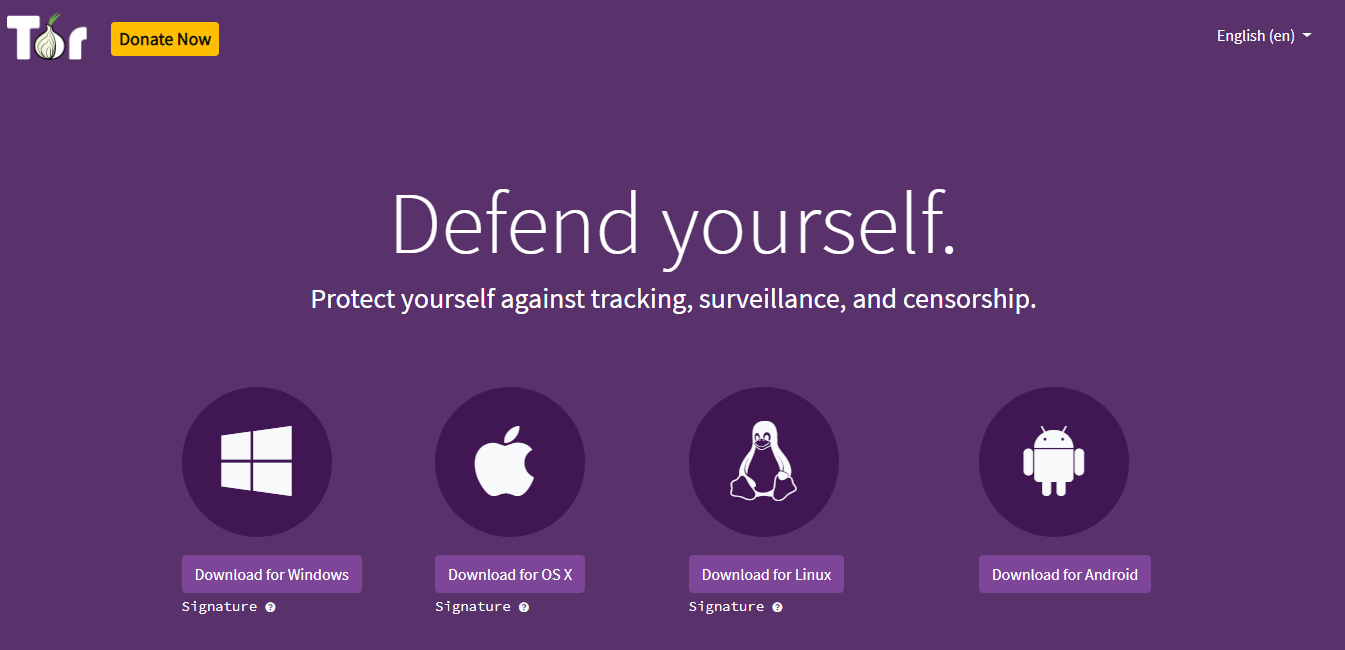
( Learn how and when to remove this template message) JSTOR ( November 2013) ( Learn how and when to remove this template message).Unsourced material may be challenged and removed. Please help improve this article by adding citations to reliable sources. "The attackers can search the exfiltrated browser histories for traces of illegal activity, contact the victims via social networks and threaten to report them to the authorities," added the cybersecurity company.This article needs additional citations for verification. Instead, they gather data that can be used to identify the victims, such as browsing histories, social networking account IDs and Wi-Fi networks," said Kaspersky.

"Curiously, unlike common stealers, OnionPoison implants do not automatically collect user passwords, cookies or wallets. It is also difficult to access using automated malware analysis sandboxes. Kaspersky confirmed the threat actors were targeting victims in China as attempts to communicate with the C2 server and retrieve a second stage DLL only worked when faking a Chinese IP address. Onion routing earned its name as it is a method for encapsulating messages in layers of encryption as if the messages are the center of an onion. "We decided to dub this campaign 'OnionPoison', naming it after the onion routing technique that is used in Tor Browser," said Kaspersky.

Two years on, Apple iOS VPNs still leak IP addresses.The Tor project does offer some tips on using the product while in China and it begins with emailing it for an updated version of Tor Browser.


 0 kommentar(er)
0 kommentar(er)
